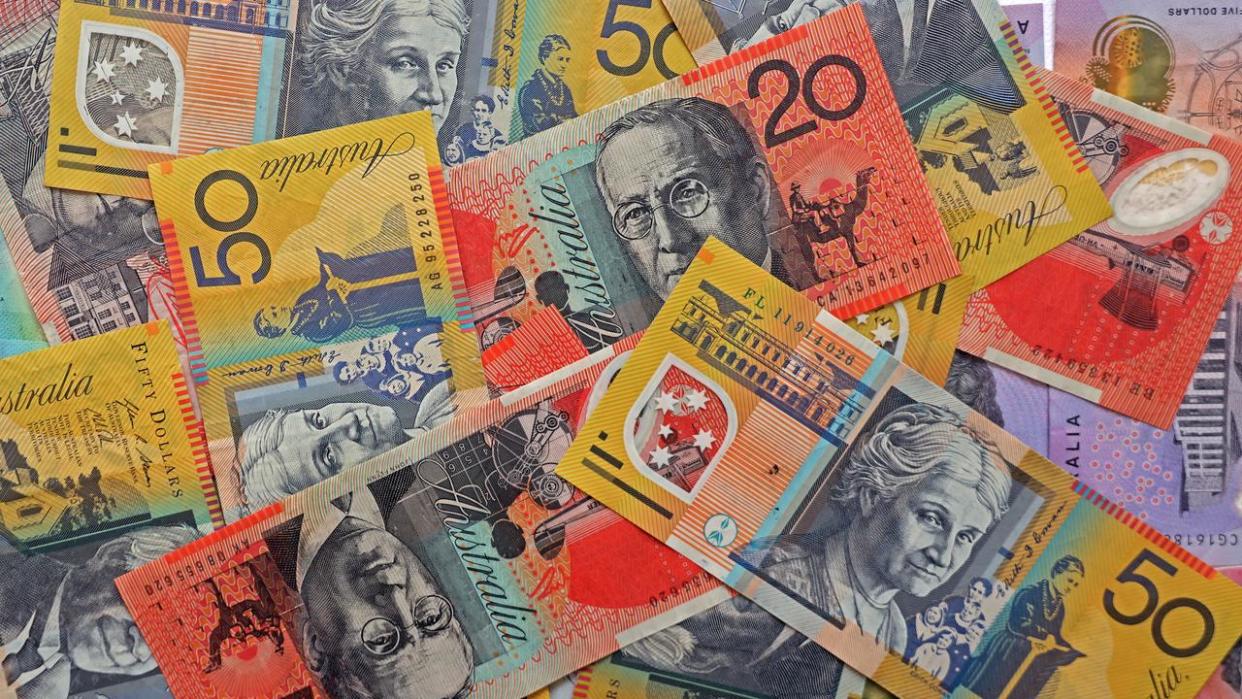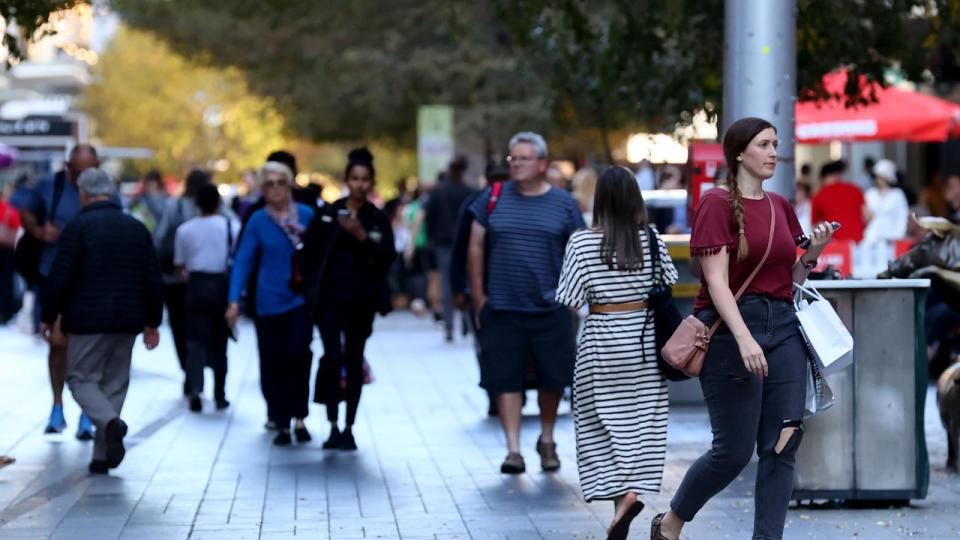How much you’ll get in July 1 changes

Major changes to income tax, superannuation and the minimum wage came into effect on Monday, with Aussies set to have more money in their coffers – now, at tax time and at retirement.
From this week, the implementation of stage 3 tax cuts will increase workers’ regular pay, while more will be put away for retirement as superannuation increases to 11 per cent.
An increase to the minimum wage will also boost the bank accounts of the nation’s lowest-paid workers.
Here are the changes and how they will affect you.
Tax changes
The new tax cuts legislated earlier this year will provide more relief to low and middle income earners while decreasing the benefits for taxpayers who earn more $150,000.
The Albanese government says the changes mean all 13.6 million taxpayers will receive a tax cut, and 11.5 million taxpayers will receive a bigger tax cut, compared with the Morrison government’s proposed changes in 2019.
The government also claims 5.8 million women will receive a larger tax cut compared with the Coalition’s previous plan.
Under the changes, Australians earning between $18,201 and $45,000 will now pay 16 per cent tax, a 3 per cent fall from the original stage 3 plan.
The 32.5 per cent tax bracket will fall to 30 per cent for workers earning more than $45,000 but will cut off at $135,000 under changes to the tax bracket.
Those earning between $135,000 and $190,000 will now pay 37 per cent tax.
The top tax bracket of 45 per cent will now start at $190,000 instead of $180,000.
An Aussie earning $50,000 would save $929 a year, meaning they will be $804 better off under the new stage 3 tax cuts.
A person earning $90,000 would save $1929 a year, a significant increase from the originally promised $1125.
A worker earning $110,000 would save $2429 a year compared with $1625 under the old plans.
A person earning $140,000 would save $3729 a year, slightly up from the $3275 they would have got back under the Coalition’s initial plans.

Those earning about $146,000 or less would receive a larger tax cut than under the Coalition’s proposed tax cuts, while anyone earning above that would get a smaller return than was initially legislated.
A person earning $200,000 would save $4529, but under the old stage 3 they were set to receive $9075 a year.
Initial stage 3 tax cuts were proposed to eliminate the 37 per cent tax bracket while also raising the top threshold to $200,000, which would have meant people earning between $45,000 and $200,000 paid the same 30 per cent flat rate.
Superannuation changes
The superannuation guarantee (SG) will require employers to set aside a greater portion of wages for employees’ retirement.
The guarantee has increased by 0.5 per cent to 11.5 per cent and will continue to rise in 0.5 per cent increments until it reaches 12 per cent in 2025.
The average Australian will receive an extra $340 in employer-paid super contributions, according to the Super Members Council.
A 25-year-old who has graduated from TAFE, started their first job and is earning $78,000 before tax will have $547,000 in super when they retire if they work until they are 67, take no career breaks and the SG rate stays at 11 per cent.

Under the new increase, they would have an extra $26,000 upon retirement.
A 40-year-old who earns $76,000 before tax and has $84,000 in their super account will end up with a lump sum of $445,000 if they retire at 67, take no career breaks and the SG rate remains at 11 per cent.
Following the increase to SG rates, they would have an additional $13,000 to spend in retirement.
A Super Members Council analysis found more than half of those receiving the increase are under 40 and more people in their 30s will receive a boost to their retirement fund than any other age bracket.
The analysis also found the average NSW resident will receive a yearly increase of $357, while a Victorian will receive an average yearly increase of $338 and a Queenslander will receive an extra $321.
Super Members Council chief executive Misha Schubert said the increases were “key to delivering the quality of life at retirement that Australians deserve”.

“Each of these increases might be small, but they are mighty – thanks to the power of compounding returns inside super over our working lives. This latest super boost will mean thousands more for millions of everyday Australians at retirement,” Ms Schubert said.
“In retirement, this money will fund extra basics – or perhaps a trip away, dinners out, the ability to spoil the grandkids or even a bit more financial freedom and peace of mind.
“Our super system is the envy of the world because it lifts the retirement savings of Australians, takes the pressure off the taxpayer-funded pension, delivers investment capital to Australian companies and – most importantly – gives millions of Australians a better life at retirement.”
Minimum wage changes
More than 2.6 million Australian workers will receive at least an extra $33.10 a week under increases to award and minimum wages.
The Fair Work Commission ruling handed down last month means award and minimum wages will increase by 3.75 per cent and the national minimum wage will increase by 87c to $24.10 per hour or $915.91 a week.
At the time, FWC president Justice Adam Hatcher said the FWC bench decided not to deliver an increase that significantly outstripped inflation when productivity was weak and further cost-of-living relief was in the works.
“It is not appropriate at this time to increase award wages by any amount significantly above the inflation rate,” Justice Hatcher said.

“This is principally because labour productivity is no higher than it was four years ago and productivity growth has only recently returned to positive territory.
“We have also taken into account that modern award-reliant employees will shortly receive the benefit of the stage 3 tax cuts and the budget cost-of-living measures, which are projected to increase real household disposable incomes over the next 12 months.”
The share of Aussie workers directly or indirectly affected by the change equates to about one in four workers.
Across the economy, 20.7 per cent of workers have their pay set under 121 modern award rates, while just 0.2 per cent, or 32,100, of Australian employees are paid the minimum wage.
A further 4 per cent of workers on enterprise and individual agreements have their pay tied to the commission’s annual determination.


